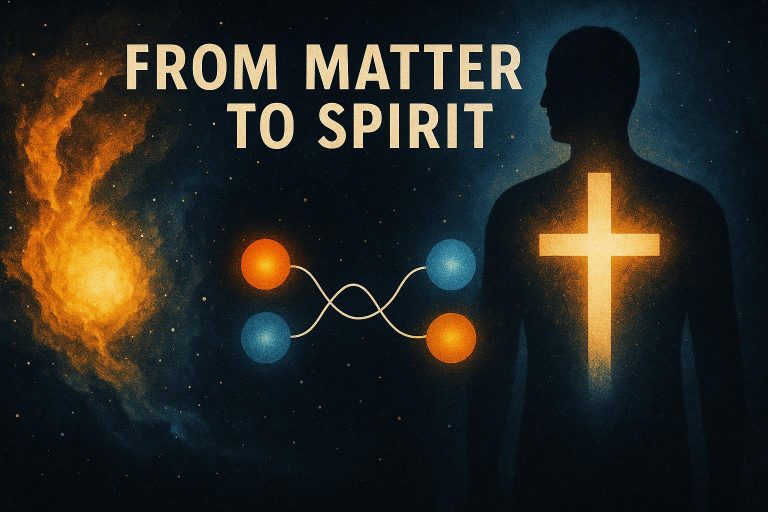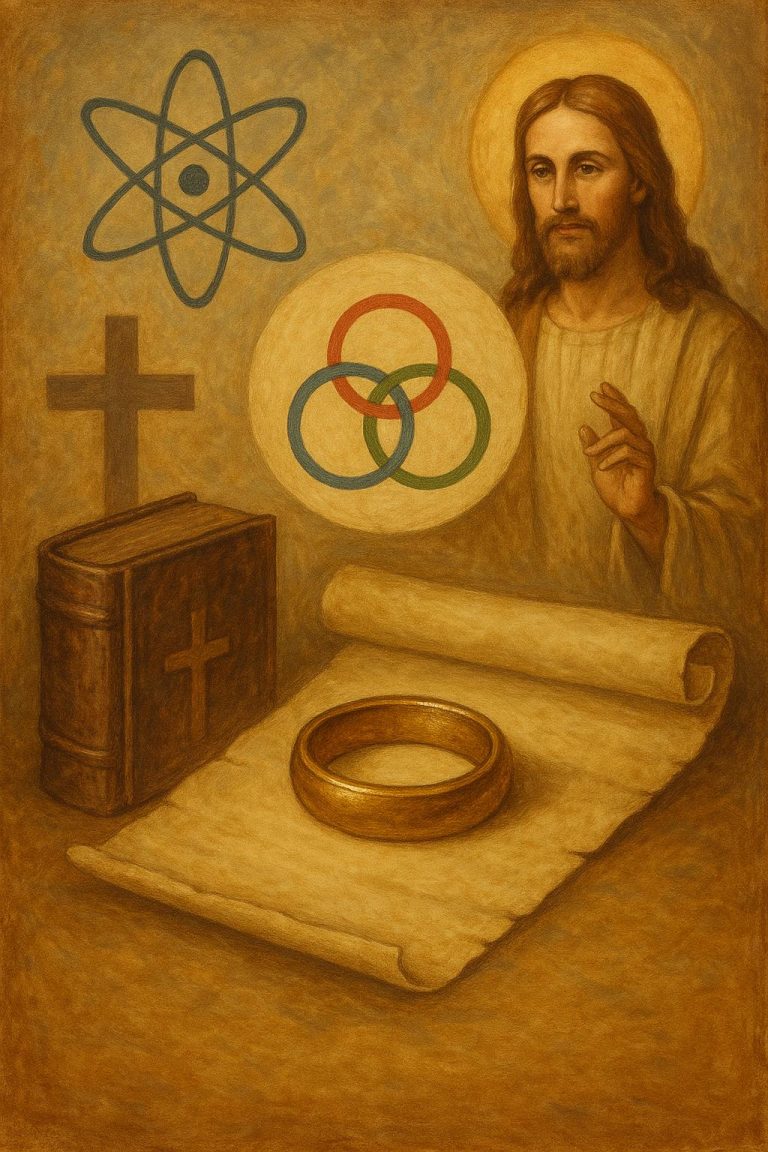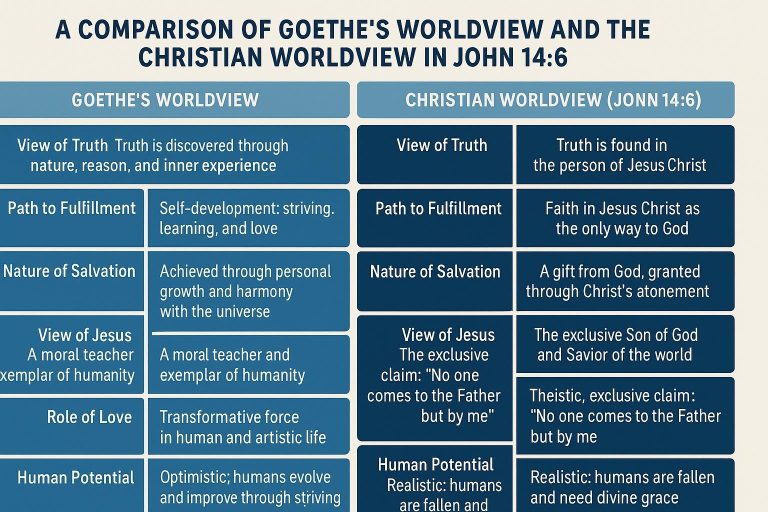Quantum Entanglement and Prayer: A Divine Thread Across the Cosmos
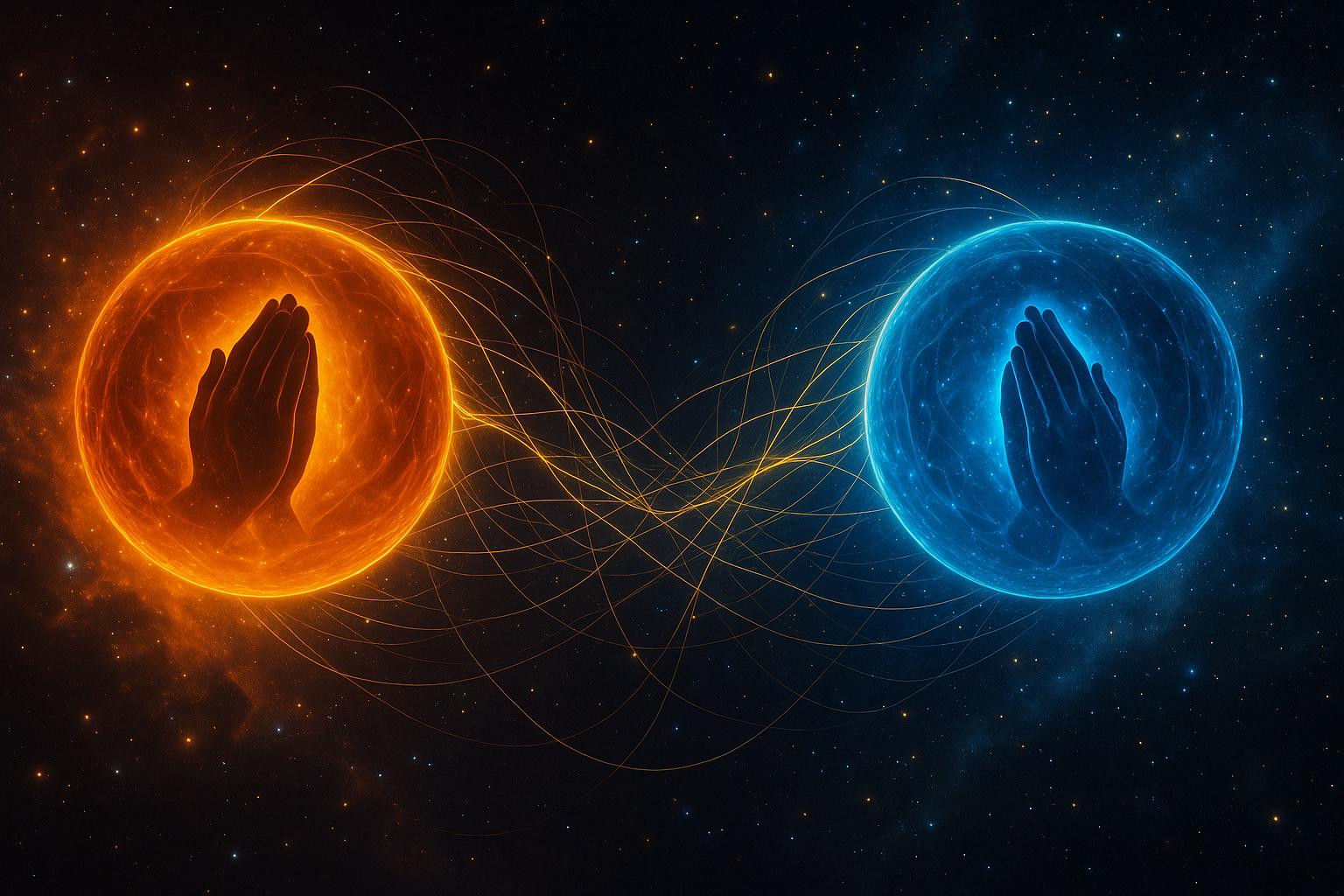
In the heart of modern physics lies a strange, counterintuitive phenomenon known as quantum entanglement. Two particles, once entangled, remain mysteriously connected — their states influencing each other instantly, regardless of the distance separating them. When one changes, the other reflects the change as if they were one, defying our classical understanding of space and time.
To the physicist, this is a mystery of nature.
To the theologian, it may whisper of something sacred.
What if quantum entanglement isn’t just a bizarre quirk of subatomic particles — but also a clue, a metaphor, or even a mechanism pointing toward the nature of prayer, divine presence, and spiritual interconnectedness?
The Cosmic Link: From Particles to People
Entanglement challenges one of our most intuitive beliefs — that distance separates. In quantum mechanics, particles can be separated by billions of light-years and yet seem to know what happens to the other. Einstein famously called it “spooky action at a distance,” skeptical of its implications. And yet, it has been observed, measured, and tested repeatedly.
Could human souls — or prayers — be similarly entangled?
Many spiritual traditions teach that prayer connects us to others, to God, and even to creation itself. When we pray for someone, it’s not simply an act of goodwill or meditation. It’s a mysterious act of joining. In Christian theology, Jesus says, “Where two or three are gathered in my name, there I am in the midst of them.” Is this merely metaphorical, or does it describe a deeper level of reality — a kind of spiritual entanglement?
Prayer Beyond Space and Time
Entanglement appears to violate locality: the idea that objects can only be influenced by their immediate surroundings. In prayer, we also operate outside the bounds of locality. A mother prays for her child in another country. A monk intercedes for generations yet unborn. A believer lifts a whisper to heaven, believing that God — beyond time and space — hears.
Prayer, like entanglement, does not rely on physical proximity.
Quantum physics shows that the classical view of space and time is incomplete. And perhaps our classical view of how God interacts with the world is incomplete as well. Prayer may not “travel” through space. It may instead exist in a higher-order relational fabric — just like entangled particles — where connections defy ordinary distance.
Entangled with the Divine?
The Incarnation — the idea of God entering human flesh — can also be seen through this lens. In Christ, the divine and the human become entangled. When Jesus suffers, God feels it. When He prays, the Father responds not as an external agent, but as if part of a seamless, mysterious unity.
If quantum entanglement reveals how matter can be united beyond locality, might the Spirit be that which unites hearts, minds, and realities across spiritual dimensions?
In Romans 8, Paul writes that the Spirit intercedes for us “with groanings too deep for words.” The language is strangely appropriate — not of signals and messages, but of an inner resonance. Entanglement isn’t about transmission. It’s about correlation. So is prayer. God doesn’t need to “hear” you in the physical sense. He is already entangled with your soul.
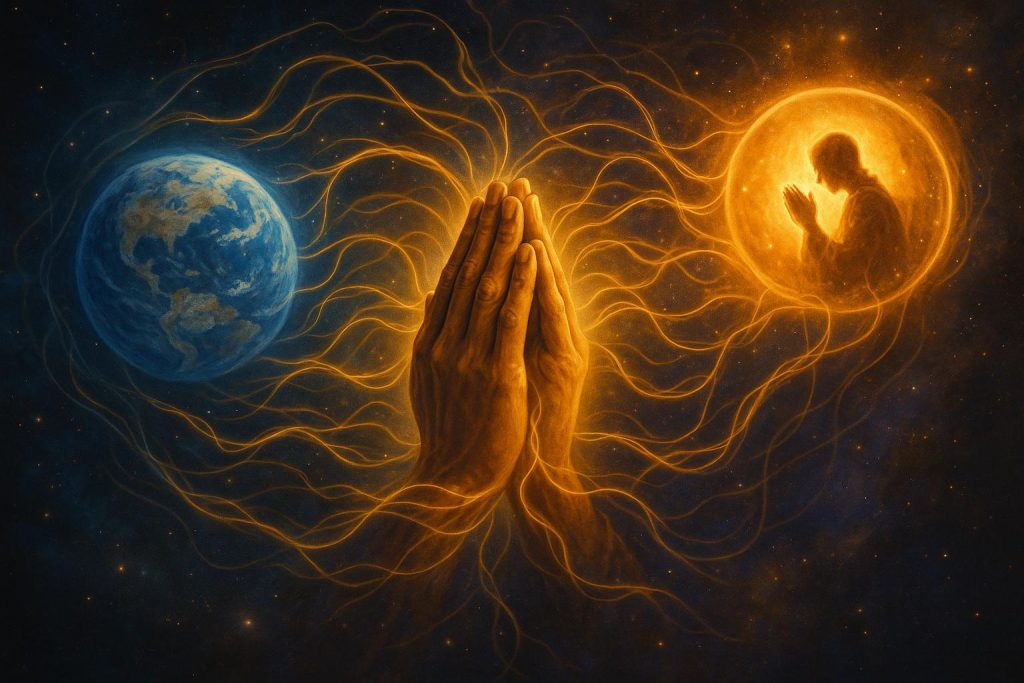
Communion as Quantum Unity
In the Christian rite of communion, the participants partake of the same body and blood — a mystical unity that spans time, cultures, and geography. “For we, though many, are one body,” Paul writes, “for we all partake of the one bread.” (1 Cor 10:17)
This is entanglement in the spiritual realm. When one part of the Body suffers, all suffer. When one part rejoices, all rejoice. The interdependence of the Church, the family of believers, reflects a non-local relational bond. It transcends biology and geography — just like quantum entanglement transcends spatial separation.
The Image: Visualizing the Invisible
Imagine two luminous orbs — one warm and red-gold, the other cool and blue — suspended across the galaxy, each containing hands clasped in prayer. Though they appear separate, golden threads of light connect them, winding and weaving across space like strands of divine intent.
This is not just art. It is a representation of truth.
Every sincere prayer, every cry of the heart, every whisper of intercession, could be a golden thread stretching across spacetime — linking one soul to another, or to God Himself, in ways we may never fully understand in this life.
Entanglement is not limited to particles. It is written into the structure of existence. And perhaps — just perhaps — it is written into the structure of love and spirit as well.
Conclusion: Prayer as Participation in the Divine Web
Quantum entanglement reminds us that reality is relational, mysterious, and deeper than we can observe. It dismantles the illusion of separation and challenges our linear notions of cause and effect. Prayer, in its essence, does the same.
To pray is to reach across space and time.
To pray is to connect with the heart of another, and with the heart of God.
To pray may be to awaken a kind of divine entanglement — one that says:
“I am with you. I am bound to you. I act when you act.”
Whether metaphor or more-than-metaphor, this convergence of quantum physics and spiritual experience hints at a great truth:
We are not alone. We are linked.
And in the silence of prayer, across galaxies and generations,
the thread holds.


